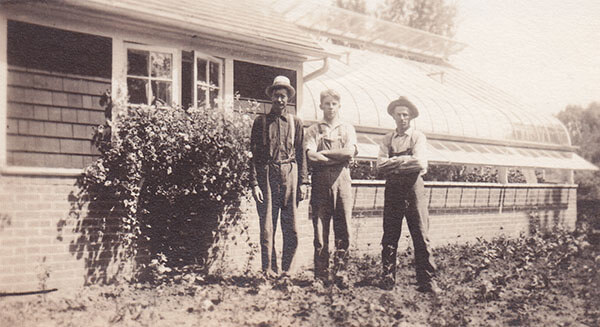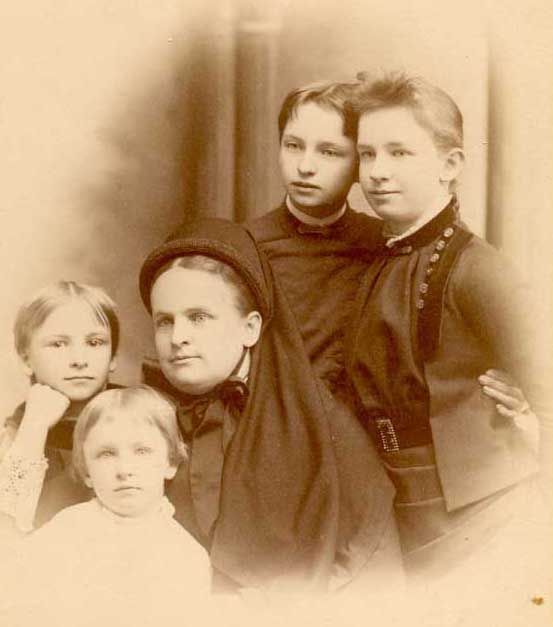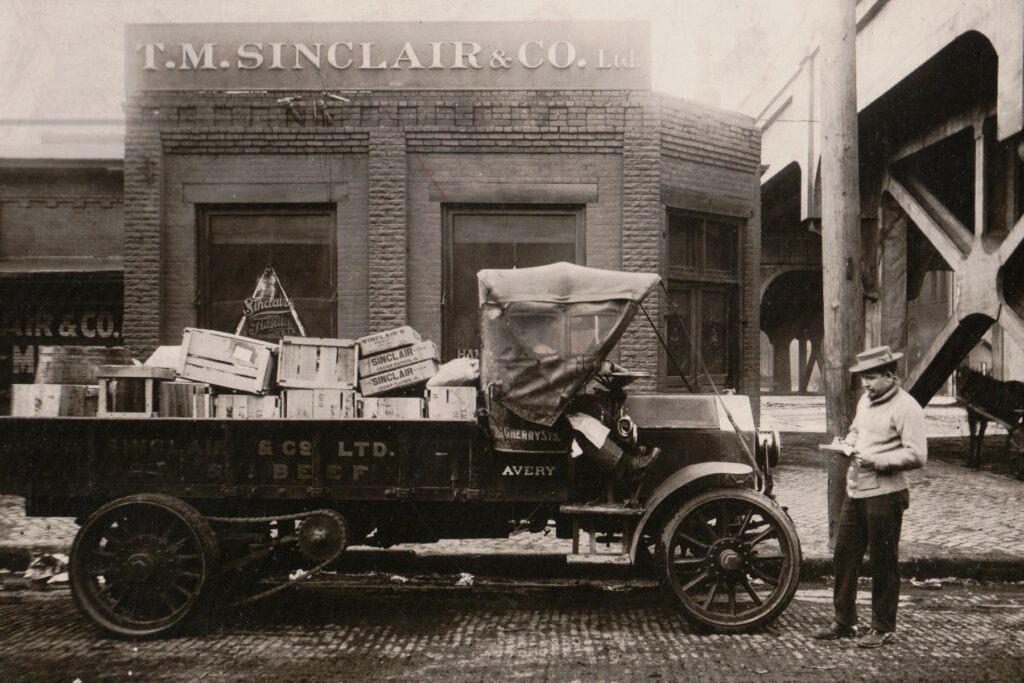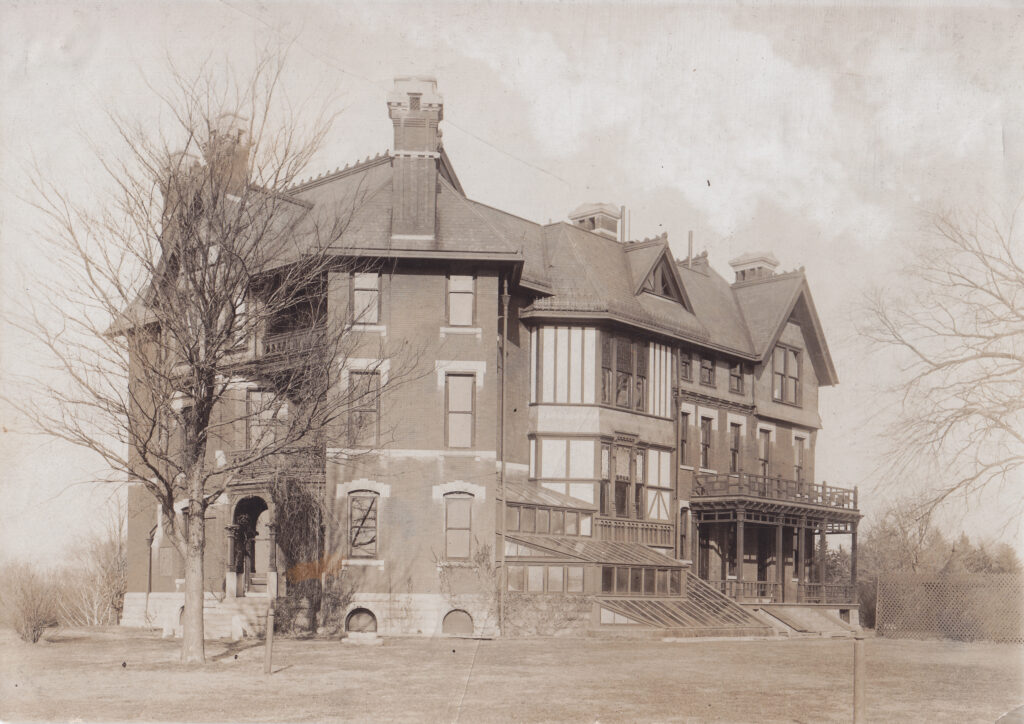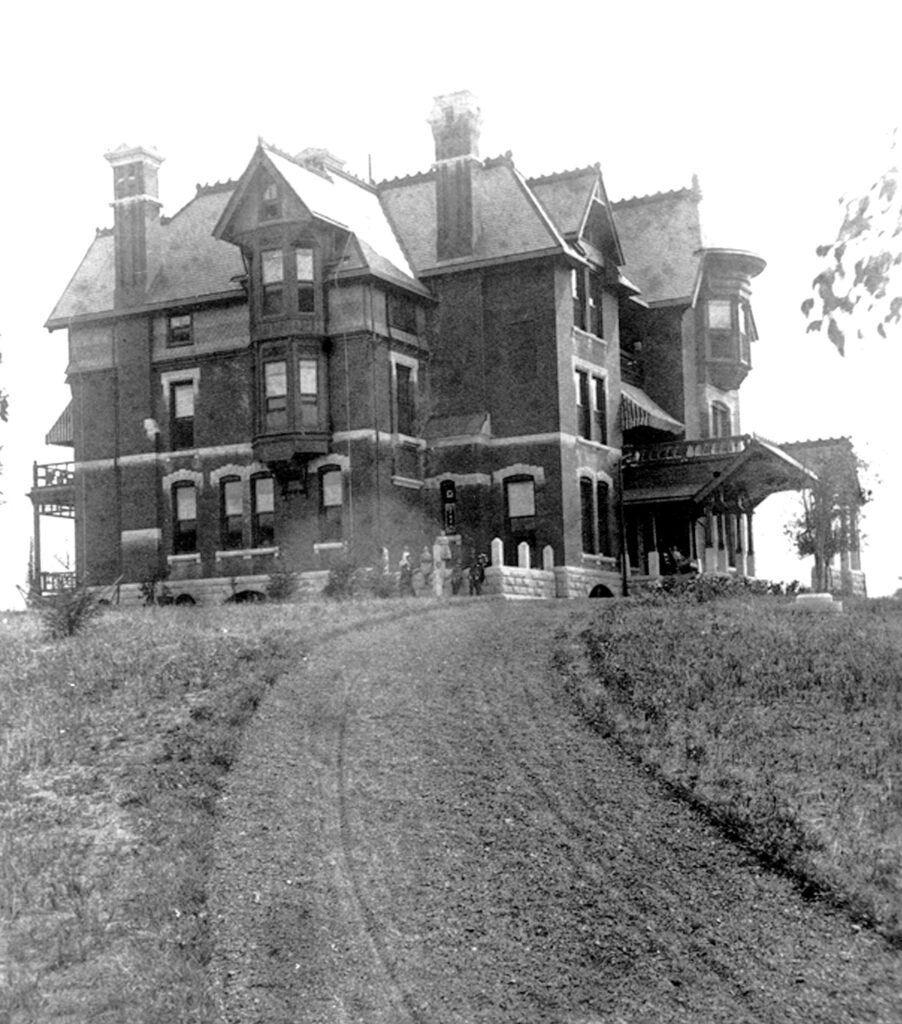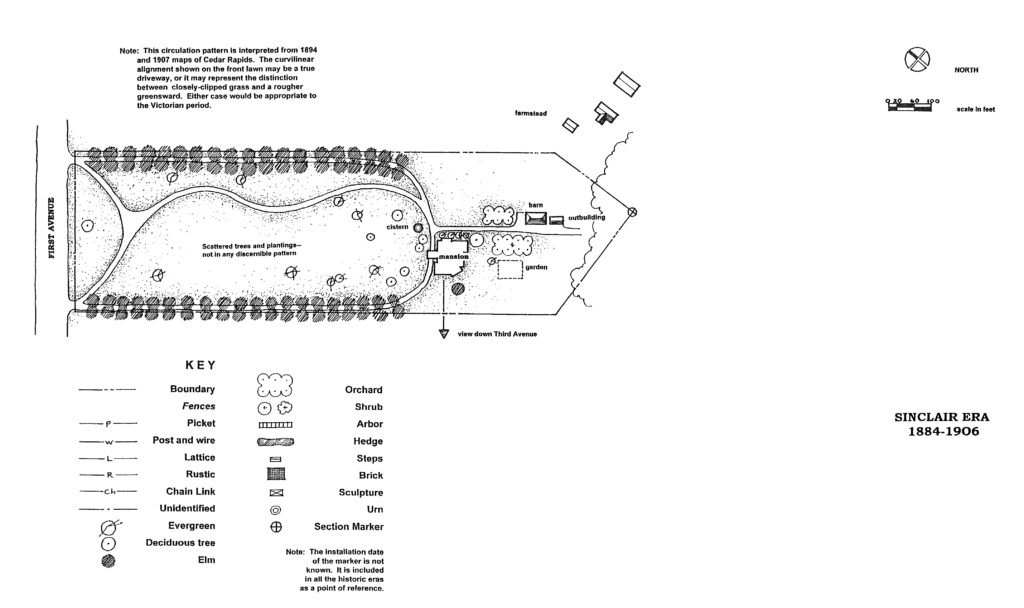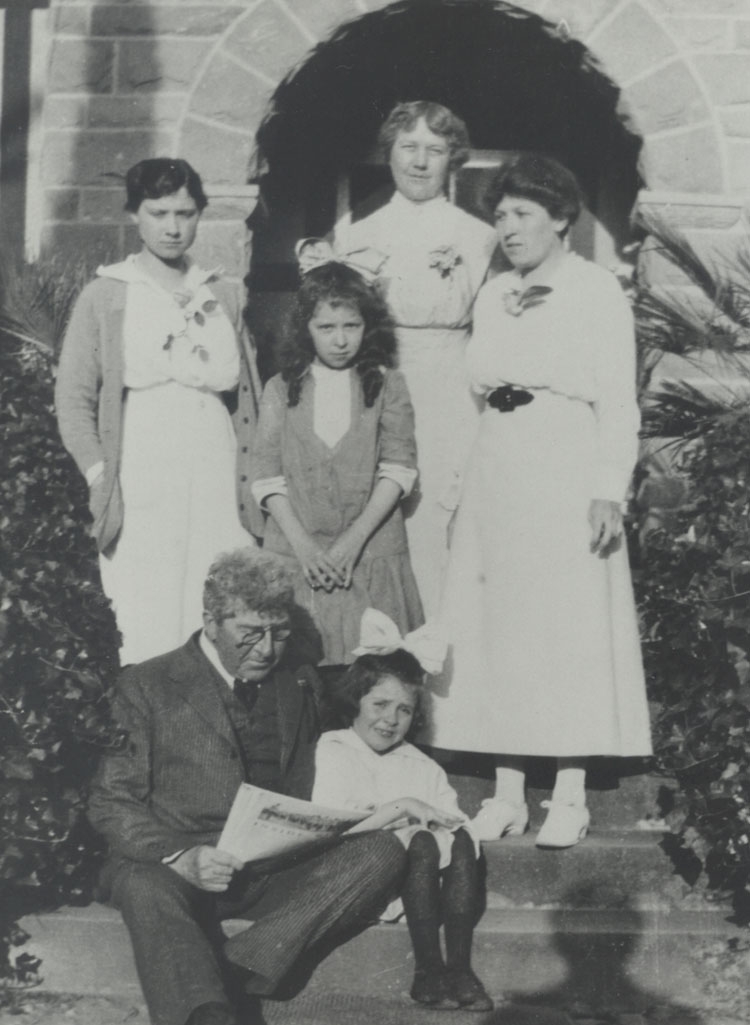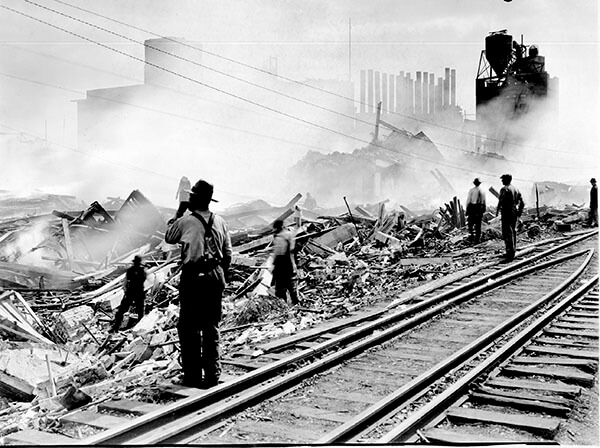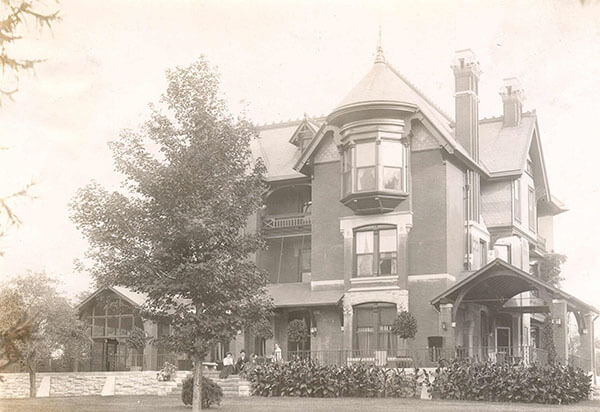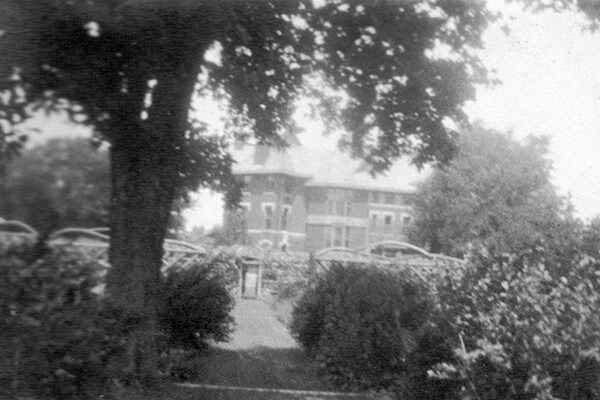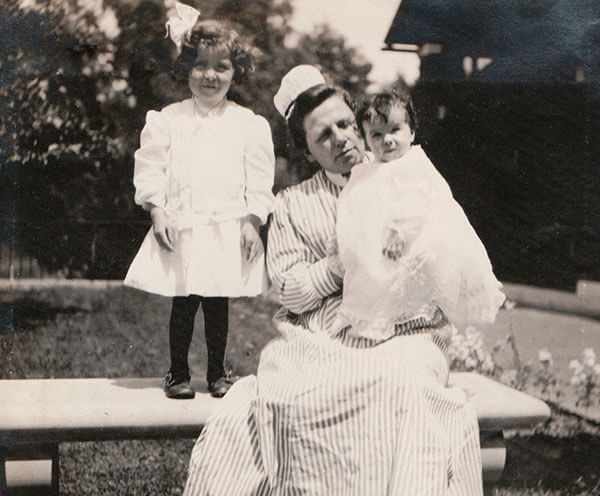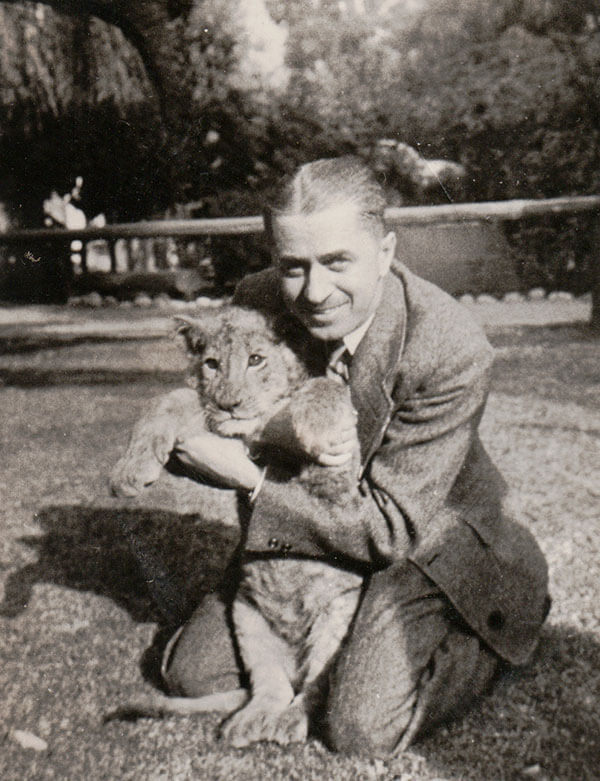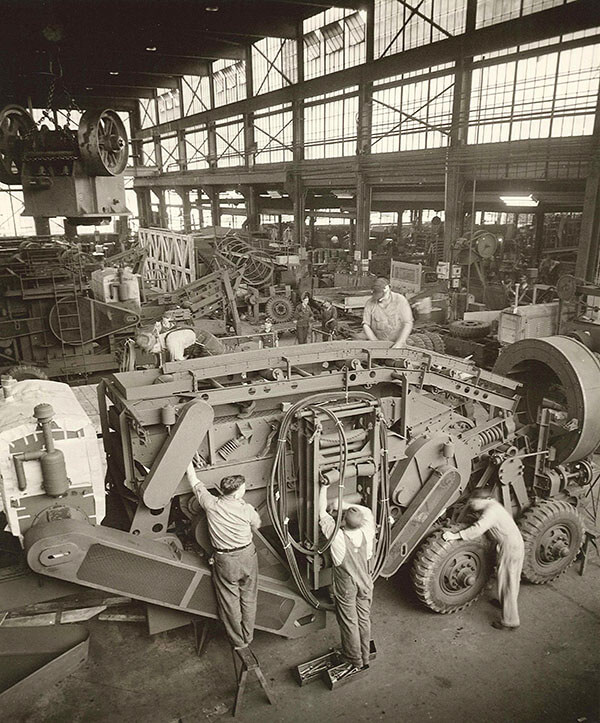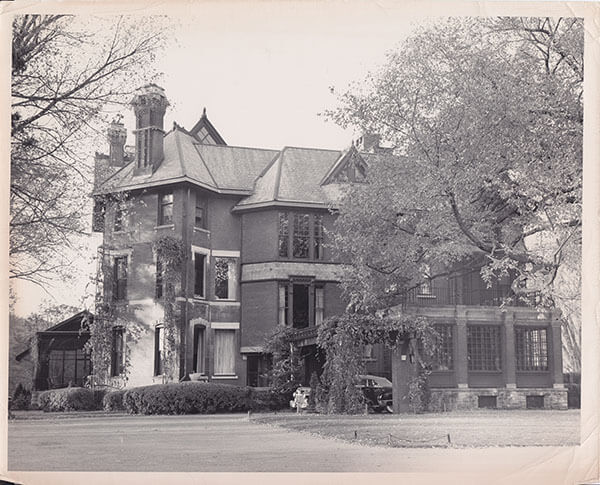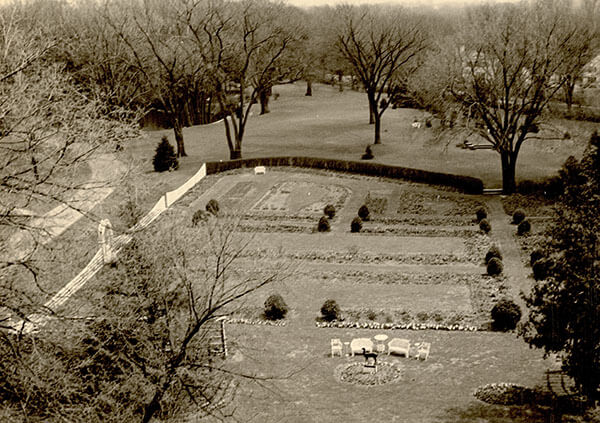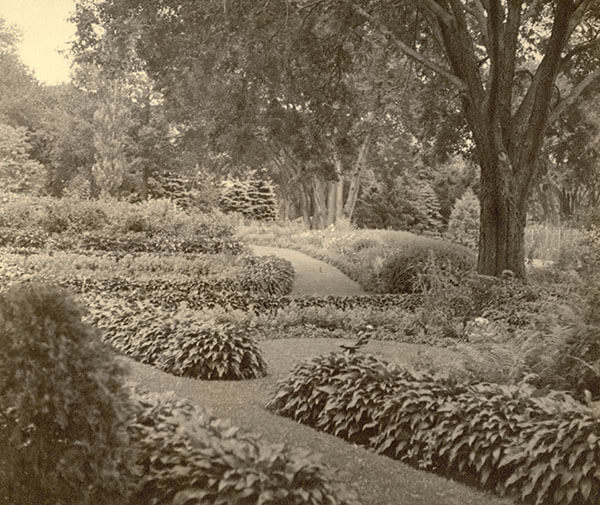History FAQ
Why did Caroline Sinclair build her new home so far from the city? Had she and T. M. Sinclair discussed the new residence?
We do not know the reasons behind Caroline’s retreat to the country outside of the Cedar Rapids city limits. We do know that the property was purchased by Caroline herself in 1884 and that her property was next to the home of her brother Robert Soutter.
How many lions were there and when did they live?
Based on the information we have in letters and photographs, there were three lions, all named Leo. The fact that they share the same name makes things a little confusing, and since some letters are not dated and have to be given rough dates by examining context, some details are left to our best interpretation.
- Leo I (c. 1936): The Halls did have a lion when living in the Garden House, their home prior to the mansion. A letter written by Howard to Margaret while she was traveling mentions that “Leo – Pepper (pet monkey) + Max put on a continuous show whenever I am home.” The cause of Leo I’s death is unknown.
- Leo II (1937-1950): The Leo buried in the pet cemetery has the birth and death dates of 1937 and 1950, respectively. Since this lion lived to adulthood, he is the one seen in most of the Halls’ photos and home movies.
- Leo III (1951): In addition to the page of photos Margaret saved of Leo III, a letter to Howard from Billy Richards, Vice President of the World Jungle Compound, dated April 13, 1951, mentions arranging the shipment of a cub.
When were there lions living at Brucemore?
- Roughly 1936 to 1951. There is no documented arrival date for the first Leo, but the Halls were living in the Garden House when the first lion arrived.
- There is better documentation of the last lion at Brucemore. A page from one of Margaret’s scrapbooks is dedicated to “Leo III” in which she notes that Leo III arrived in Cedar Rapids on May 9, 1951 (age 7 weeks) and died August 1951.
- Dr. Anthony, the Halls’ veterinarian, claimed he never worked on a Brucemore lion after he started his practice in 1954. So we can be reasonably sure that there were no lions at Brucemore by 1954.
Where did the lions live?
- The first lion cub seems to have lived for at least some time in the Garden House basement, according to oral histories.
- Leo II lived behind the Carriage House in a special run. The lean-to area behind the Visitor Center was part of Leo’s quarters, and there was a cage built in front of the chicken coop. He may have spent the winters in the Carriage House basement.
- We do not know if Leo spent any time living in the mansion. If he did, he most likely stayed in the basement. To the best of our knowledge, none of the lions ran loose on the grounds without supervision.
How did Brucemore get its name?
- According to an oral tradition, it is a combination of the middle name of the second owner of the estate, George Bruce Douglas, and an allusion to the moors of Scotland. There were no “Brucemores.” Under the original owner, Caroline Sinclair, the estate was called the “Sinclair Mansion” and “Fairhome.”
What did Ellen and Barbara get after Irene Douglas died? Were they upset that Margaret got Brucemore?
- Ellen received Irene’s membership in the Chicago Club at Charlevoix, Michigan. This included her mother’s home on the club grounds and all its furnishings. Barbara received other property on Lake Michigan near Charlevoix. This included five cabins and furnishings.
- When Irene died, Margaret was the only one of the three daughters still living in Cedar Rapids. Ellen lived in Chicago and Barbara lived in California. It is likely that family members long expected Margaret to inherit the property; after all, she was the oldest. In a letter to Margaret written shortly after Irene’s death, Ella McDannel, formerly the family nanny, commented, “will you be moving over to the big house – Of course I knew it was to be yours.”
I remember hearing lions roaring in this part of Cedar Rapids after 1954 – are you sure the Halls didn’t have any after that?
- A letter written by one of Howard’s friends in 1954 mentions that “Leo is no longer at Brucemore.” Reportedly Howard played some role in helping Bever Park acquire a lion. Margaret made several entries in her 1969 diary that refer to this lion, named “Lou.” Given the proximity of Bever Park to Brucemore, people who heard roars at this time most likely heard “Lou.”
